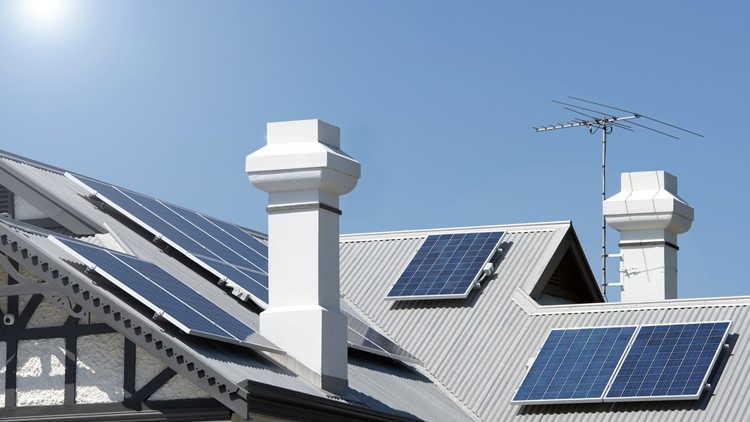Don’t Forget the Tax Credit for an Energy-Efficient Home

Taxpayers who made certain energy-efficient improvements to their homes last year may qualify for a tax credit.
Called the Non-Business Energy Property Credit, the credit itself is split into two parts. The first part is worth 10 percent of the cost of certain qualifying energy-saving items added to the taxpayer’s main home in 2016. Improvements that qualify for the credit include adding insulation, energy-efficient exterior windows and doors, and certain kinds of roofing.
Installation, however, is not to be included in the credit.
The second part of the credit isn’t a percentage of the cost, but includes the installation costs of certain high-efficiency heating and air-conditioning systems, high-efficiency water heaters and biomass-fueled stoves. The credit amount will differ for each type of property installed.
Combined, the two parts of the overall credit have a maximum lifetime limit of $500. Only $200 of this total, however, can be claimed for windows.
What Homes Qualify?
To be considered for the credit, the taxpayer’s main home has to be located in the U.S. This particular credit has to be used for an existing home – not a place of business – and not for new construction.
The taxpayer has to have written certification from the manufacturer of the installed item that it qualifies for this tax credit. Certifications are usually posted on the product website or included in the product’s packaging. There’s no need to include the certification with the tax return, but the taxpayer should retain it with their tax records.
This credit can be claimed if the taxpayer has not reached the lifetime limit in past years. Qualified improvements to the home must have been made before Dec. 31, 2016.
Alternative Credit for Alternative Energy
Another possible source of tax credit is the Residential Energy Efficient Property Credit. This credit is for 30 percent of the cost of alternative energy equipment installed on or in a home. This credit does include the cost of installation.
Qualified equipment includes solar water heaters, solar panels and other electrical equipment, wind turbines and fuel cells. There’s no dollar limit on the credit for most types of equipment. If the credit calculated is more than the tax owed, carry forward the unused portion of the credit to next year’s return.
Like the previous credit, the taxpayer’s home must be in the U.S.; but for this credit, it does not have to be the taxpayer’s main home in order to qualify – unless the alternative energy equipment being claimed is qualified fuel cell property.
The Residential Energy Efficient Property Credit is available for both existing homes and those under construction.
Use Form 5695, Residential Energy Credits, to claim either one of these tax credits.



